The Europe Automobile Industry Market is currently characterized by a dynamic competitive landscape, driven by a confluence of technological advancements, regulatory pressures, and shifting consumer preferences. Major players such as Volkswagen (DE), Daimler (DE), and Renault (FR) are strategically positioning themselves to leverage innovation and sustainability as core components of their operational focus. Volkswagen (DE) has been particularly aggressive in its electric vehicle (EV) strategy, aiming to become a leader in the EV segment by investing heavily in battery technology and expanding its charging infrastructure. Meanwhile, Daimler (DE) is focusing on luxury electric vehicles, enhancing its brand appeal through high-performance models that cater to affluent consumers. Renault (FR), on the other hand, is emphasizing affordability and accessibility in its EV offerings, targeting a broader market segment. Collectively, these strategies are reshaping the competitive environment, fostering a race towards electrification and sustainable mobility solutions.
Key business tactics within the Europe Automobile Industry Market include localizing manufacturing and optimizing supply chains to enhance efficiency and reduce costs. The market structure appears moderately fragmented, with a mix of established automotive giants and emerging players. This fragmentation allows for diverse competitive strategies, as companies seek to differentiate themselves through innovation and customer engagement. The influence of key players is substantial, as their strategic decisions often set industry benchmarks and drive market trends.
In August 2025, Volkswagen (DE) announced a partnership with a leading battery manufacturer to establish a new gigafactory in Germany, aimed at increasing its battery production capacity. This strategic move is significant as it not only bolsters Volkswagen's EV production capabilities but also aligns with the European Union's push for localizing battery supply chains, thereby reducing dependency on external sources. The establishment of this facility is expected to enhance Volkswagen's competitive edge in the rapidly growing EV market.
In September 2025, Daimler (DE) unveiled its latest luxury electric sedan, which incorporates advanced AI-driven features for enhanced driver assistance and connectivity. This launch underscores Daimler's commitment to integrating cutting-edge technology into its vehicles, thereby appealing to tech-savvy consumers. The introduction of such innovative features is likely to strengthen Daimler's position in the premium segment, where differentiation through technology is increasingly vital.
In July 2025, Renault (FR) expanded its EV lineup with the introduction of a budget-friendly electric hatchback, aimed at first-time buyers and urban commuters. This strategic initiative reflects Renault's focus on making electric mobility accessible to a wider audience, potentially capturing market share in a segment that is often overlooked by premium brands. By prioritizing affordability, Renault is positioning itself as a leader in the democratization of electric vehicles, which could reshape consumer perceptions of EVs.
As of October 2025, the competitive trends within the Europe Automobile Industry Market are increasingly defined by digitalization, sustainability, and the integration of artificial intelligence. Strategic alliances are becoming more prevalent, as companies recognize the need to collaborate on technology development and supply chain efficiencies. Looking ahead, competitive differentiation is likely to evolve from traditional price-based competition towards a focus on innovation, technological advancements, and the reliability of supply chains. This shift suggests that companies that prioritize R&D and sustainable practices will be better positioned to thrive in an increasingly competitive landscape.




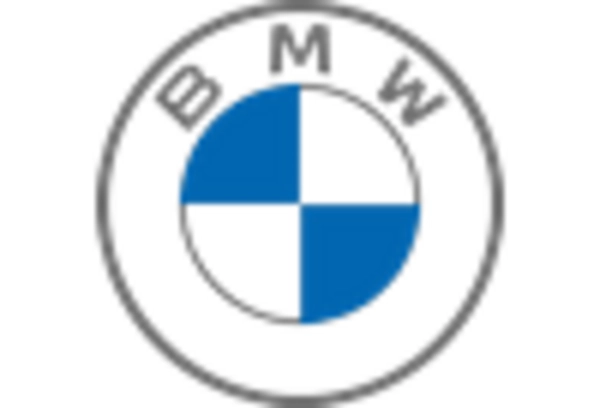
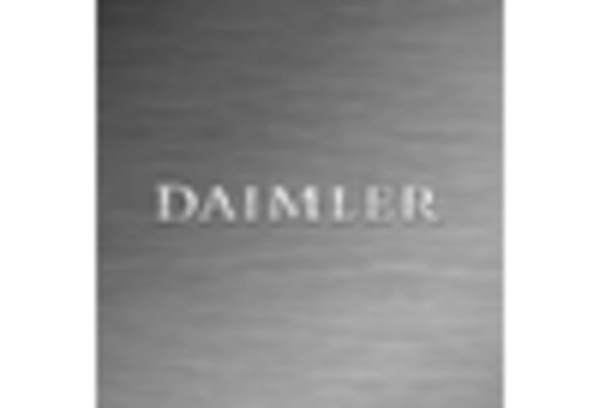
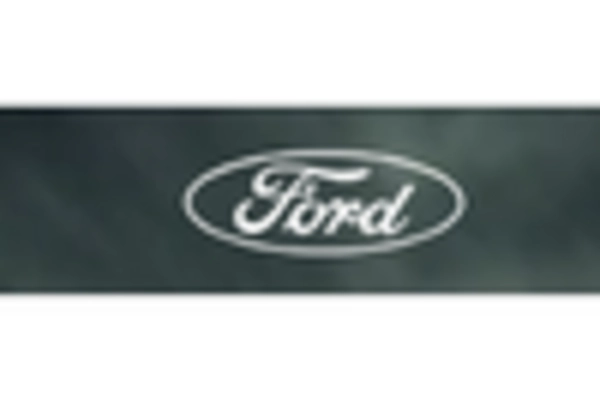
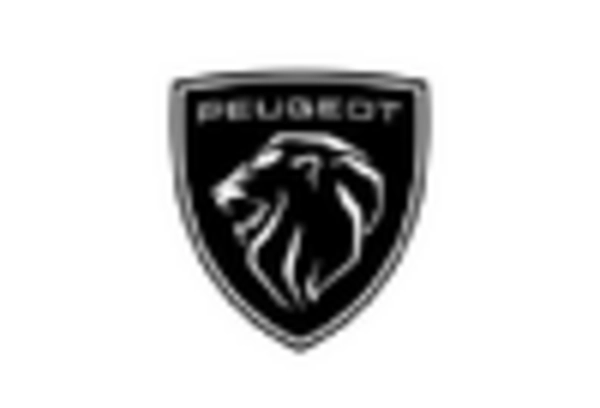

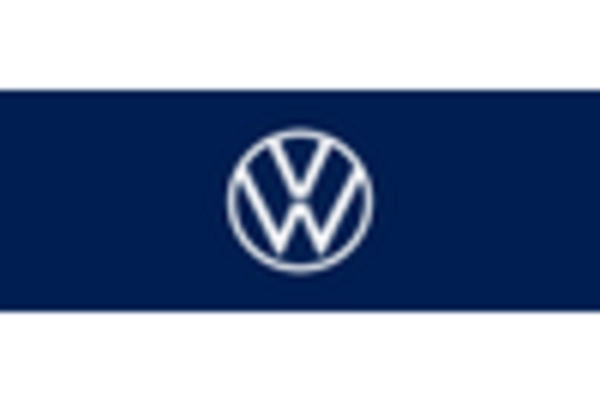








Leave a Comment